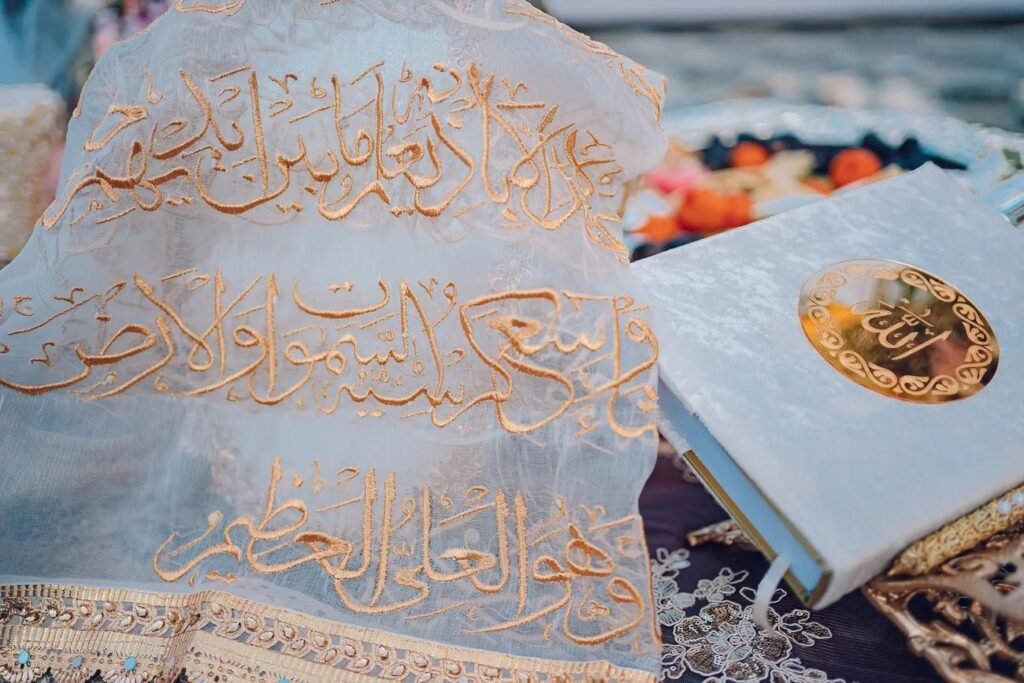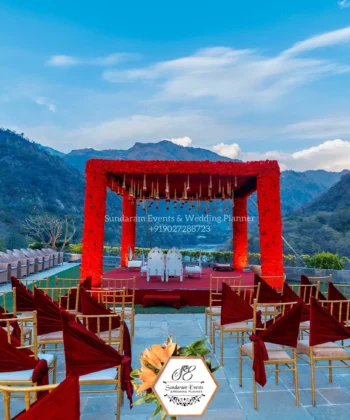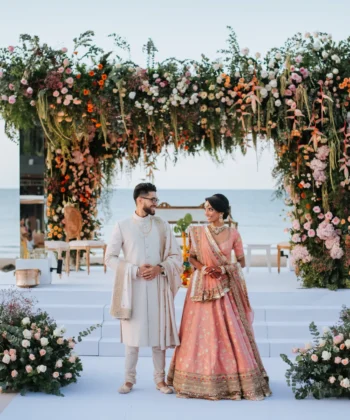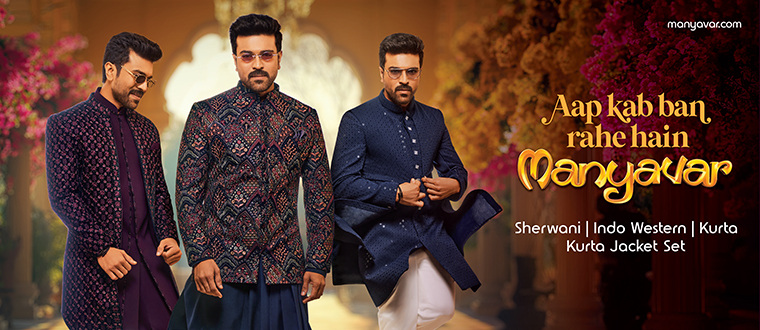
Weddings in the Islamic tradition are not only about the union of two individuals but also about the coming together of two families. Steeped in rich cultural and religious heritage, Muslim wedding rituals are passed down through generations, varying slightly based on regional practices. While Islamic weddings share certain similarities with other South Asian ceremonies, they also possess unique traditions that are deeply rooted in Islamic teachings. This guide explores the essential pre-wedding and wedding day rituals that are central to a South Asian Islamic Muslim wedding.
Pre-Wedding Events in an Islamic Marriage Ceremony
1. Zabaan – The First Meeting:
The wedding journey begins with the Zabaan, the first formal meeting between the families of the bride and groom. During this meeting, the groom’s family visits the bride’s home to officially ask for her hand in marriage. They bring gifts and sweets, which symbolize their intentions to form a bond with the bride’s family. Acceptance from the bride’s family, known as Zabaan (a word of promise), is necessary to move forward with the wedding plans. This acceptance solidifies the commitment and paves the way for the engagement.
2. Engagement: Also called Mangani
The engagement ceremony is a significant milestone in the Islamic wedding process. It serves as a formal announcement of the impending marriage and is marked by a joyous celebration. The groom traditionally presents a ring to the bride, symbolizing their engagement. Following this, families discuss and finalize the wedding dates and other important details. The engagement is not just about the ring but also about bringing the two families closer, fostering a spirit of joy and anticipation for the upcoming marriage.
3. Mayoon Ceremony – Haldi:
The Mayoon ceremony, often referred to as the Haldi ceremony, is a pre-wedding ritual where the groom’s mother applies turmeric paste to the bride’s skin. This practice is believed to bestow a healthy glow on the bride, preparing her for the wedding day. The Mayoon is typically an intimate gathering, attended only by the women of the family. Though the ceremony may differ slightly across regions, its essence remains the same—a private, joyous event filled with love and blessings. In some cultures, this ceremony is also known as Manjha.
4. Mehendi Ceremony:
The Mehendi ceremony is one of the most vibrant pre-wedding events in a Muslim wedding. It involves applying intricate henna designs on the bride’s hands and feet. This ceremony, usually held a day or two before the wedding, is accompanied by music, dance, and celebration. The application of Mehendi is more than just an adornment; it symbolizes beauty, good luck, and the deepening bond between the bride and groom. Like the Mayoon, the Mehendi ceremony is often an all-women affair, where female relatives and friends come together to enjoy the festivities.

Wedding Day Events in an Islamic Marriage Ceremony
1. Mehr Ceremony – The Bridal Gift:
The Mehr ceremony is a fundamental part of the Islamic wedding process. Mehr, also known as Mahr or dower, is a mandatory gift that the groom gives to the bride as part of the marriage contract. This gift, which can be money, property, or any valuable item, serves as financial security for the bride. The Mehr is the bride’s exclusive property, and she has full rights over it. This ceremony emphasizes the importance of financial responsibility and protection in marriage, highlighting the groom’s commitment to supporting his bride throughout their life together.
2. Nikah – The Islamic Marriage Ceremony:
The Nikah is the heart of an Islamic wedding, signifying the religious and legal union of the bride and groom. This ceremony can take place in a mosque, at home, or in a designated venue, depending on the families’ preferences. The Nikah is officiated by a Maulvi (Islamic cleric) in the presence of at least two adult Muslim witnesses. The ceremony begins with a recitation from the Quran, followed by the Maulvi seeking the consent of both the bride and groom. Traditionally, the bride and groom may be seated separately during this process. The bride is asked if she accepts the groom as her husband, to which she must reply “Qubool Hai” (I accept) three times. The groom’s consent is then sought in the same manner. Once both parties have agreed, they sign the Nikahnama, the marriage contract, officially binding them as husband and wife. The Nikah ceremony, though solemn and spiritual, is relatively brief, often lasting around 30 minutes. It concludes with a sermon and prayers, asking for Allah’s blessings on the marriage.
3. Arsi Mushaf – The First Look:
Following the Nikah, the Arsi Mushaf ceremony takes place, where the newlywed couple sees each other for the first time as husband and wife. A mirror is placed between them, and the groom looks at the reflection of the bride’s face in the mirror while holding the Holy Quran. This ritual is a beautiful blend of religious significance and the joy of new beginnings, marking the first moment of togetherness for the couple.
4. Dua – The Prayer Ceremony:
The Dua is a prayer ceremony that follows the Nikah, where the couple and their families seek Allah’s blessings for a happy, healthy, and prosperous married life. Led by the Imam, these prayers are heartfelt supplications for the couple’s future, asking for guidance, love, and faith as they embark on their new journey together. The Dua ceremony reinforces the spiritual foundation of the marriage, emphasizing the importance of faith in every aspect of life.
5. Walima – The Wedding Reception:
The Walima is the grand reception that follows the Nikah. Hosted by the groom’s family, the Walima is a lavish feast where the couple celebrates their union with friends, family, and the community. This event is a social gathering and a Sunnah (tradition) of the Prophet Muhammad, highlighting the significance of sharing joy and gratitude. The Walima usually takes place a day or more after the Nikah and is marked by a festive atmosphere, with delicious food, music, and well-wishes from the guests.
6. Rukhsati – The Bride’s Farewell:
The Rukhsati is a poignant ceremony where the bride bids farewell to her parental home and leaves with her husband to start their new life together. This moment is filled with emotions as the bride says goodbye to her family and steps into her new role as a wife. The Rukhsati is a symbolic transition, representing the bride’s entry into her husband’s household and the beginning of a new chapter in her life.





